- Archive (pre-2016)
Study on SA plastic packaging resource recovery sector Stage 2 (2014)
Opportunities exist for increased end-of-life plastic packaging recovery and recycling in South Australia. There are significant volumes of end-of-life plastic packaging (and other plastics) going to landfill. There is a high level of collection of waste material, however most of this material is sent directly to landfill or minimally processed, leaving valuable resources in the landfill residue. Identifying the immediate opportunities for increased recovery is influenced by factors such as the granularity of available data, data quality, ownership and securing materials, material quality specifications, regulatory demands and end-markets. Pathways to increased recovery and recycling have been identified where current information indicates that there is likely to be reasonable amounts of material available for recovery, where financial drivers suggest such recovery is feasible and where technology is available to facilitate recovery in a safe and economical process. This study has examined the opportunities within three waste streams where plastic packaging (and other plastic) is found by modelling the inputs, cost of processing and value of products produced from: Municipal Solid Waste (MSW), recyclables stream - Municipal Solid Waste (MSW), residual stream - Commercial & Industrial (C&I) stream. The assessment looked at whether investment in enhanced primary processing is economically viable in each of the three streams and the benefits of secondary processing after further separation of plastics through a Plastics Recovery Facility (PRF). Investment in the Material Recovery Facility (MRF) is not considered to be viable for any of the streams if only plastics packaging was being recovered. Also none of the three streams contained sufficient volumes of plastic packaging or total plastics to economically justify additional plastics processing after MRF separation. Secondary processing is only viable with a centralised PRF processing material from a number of sources. The Construction and Demolition (C&D) stream was not included in the assessment because the level of packaging plastics is very small, as shown in the stage 1 report. The summary table below shows the estimated commercial return for the MRF section of the three waste streams modelled.




